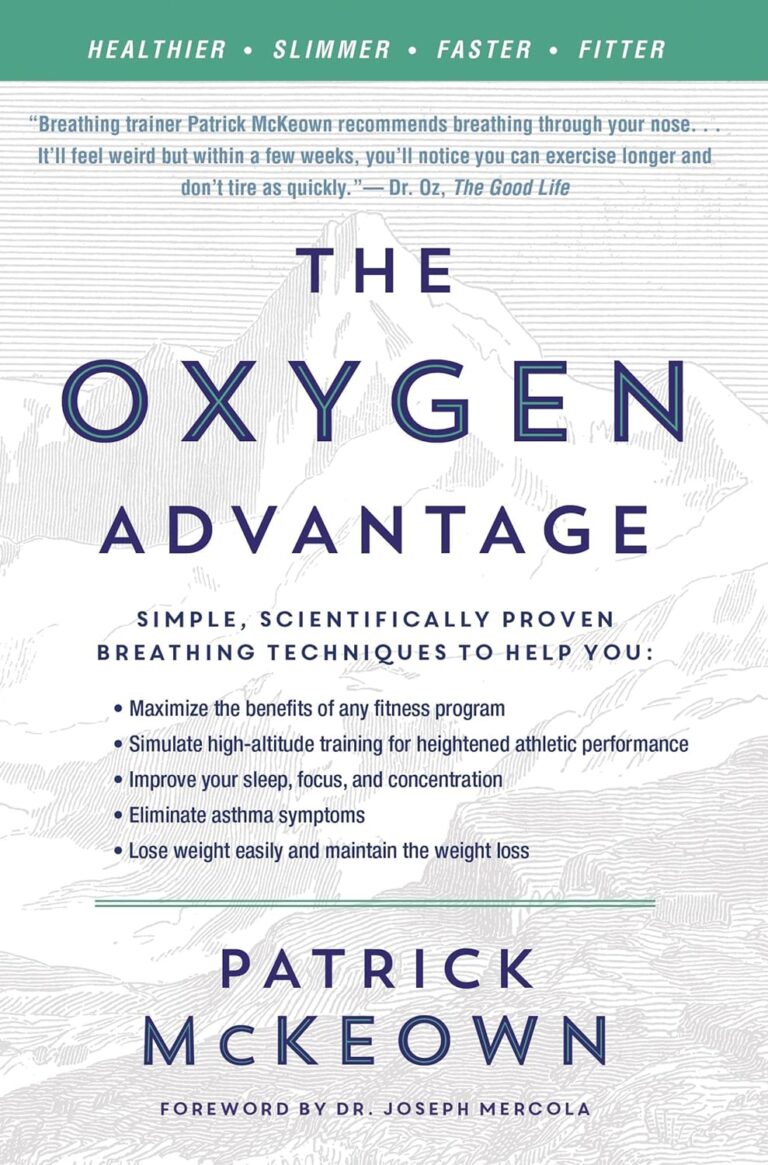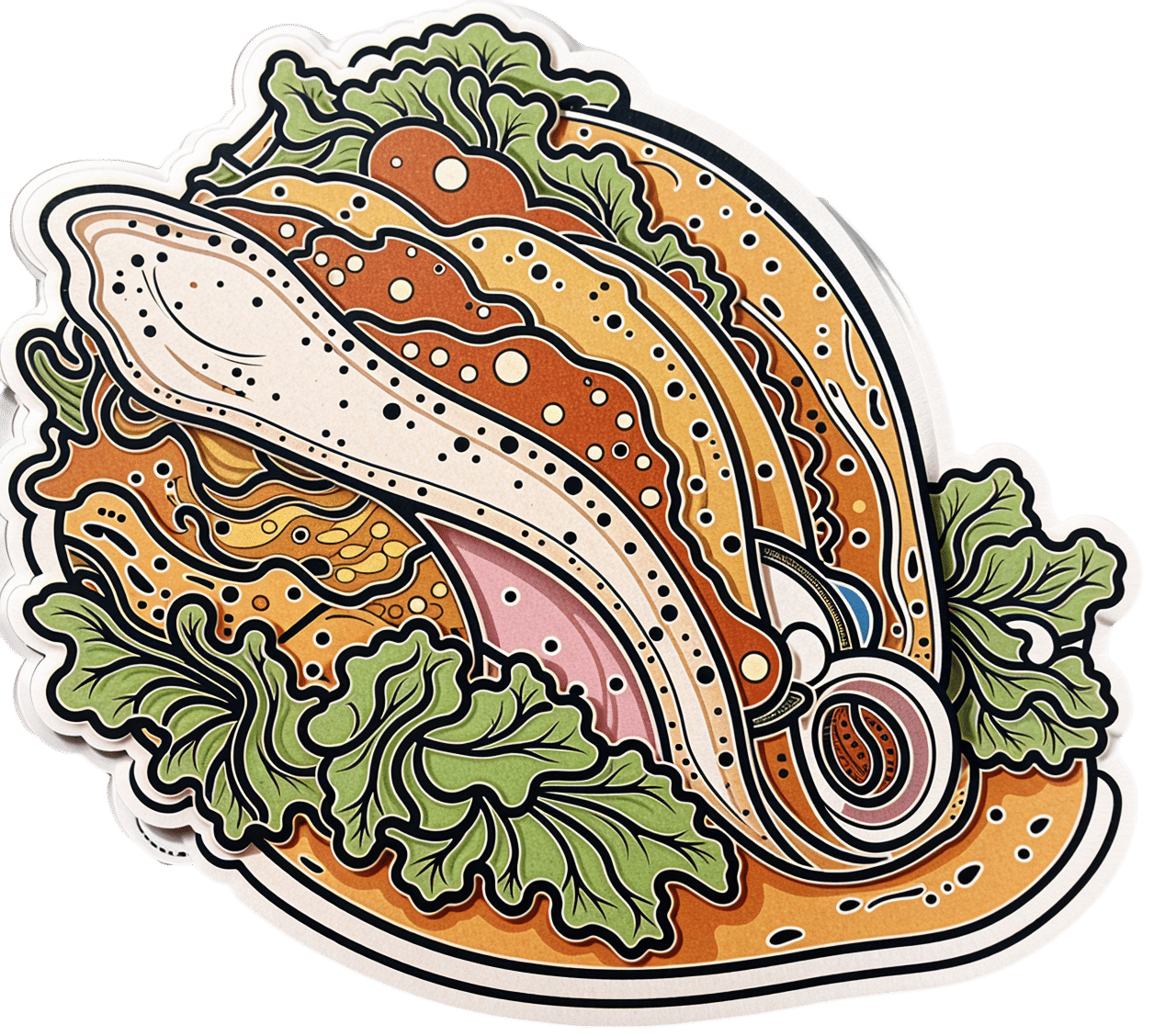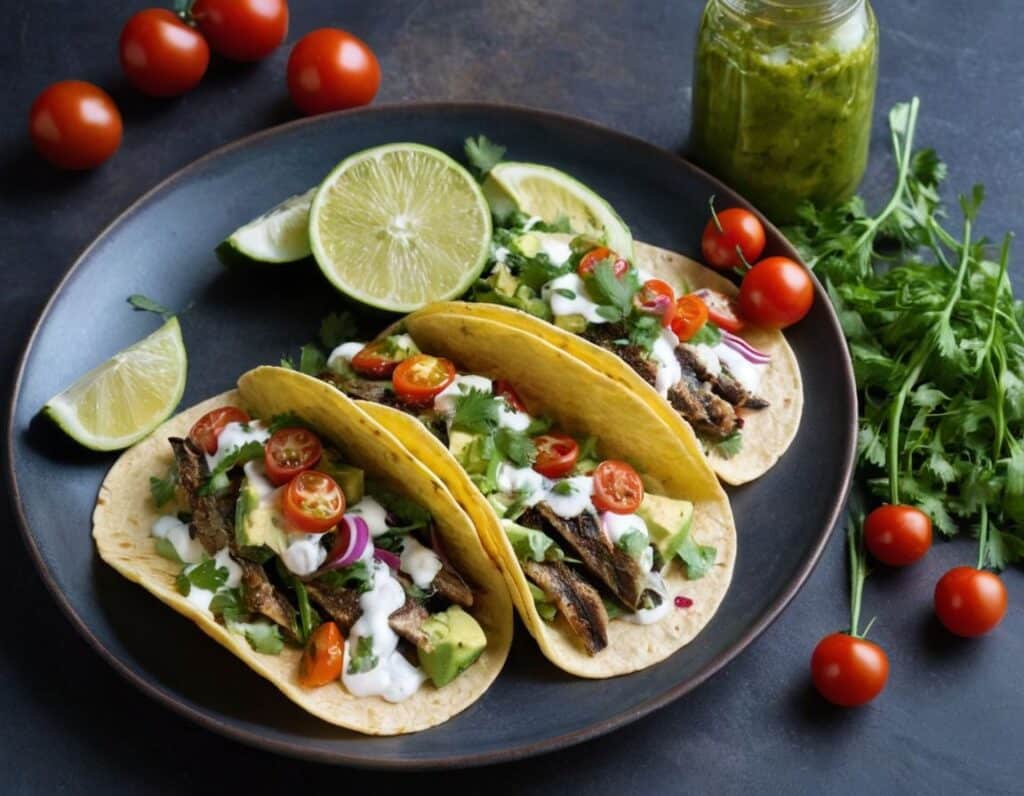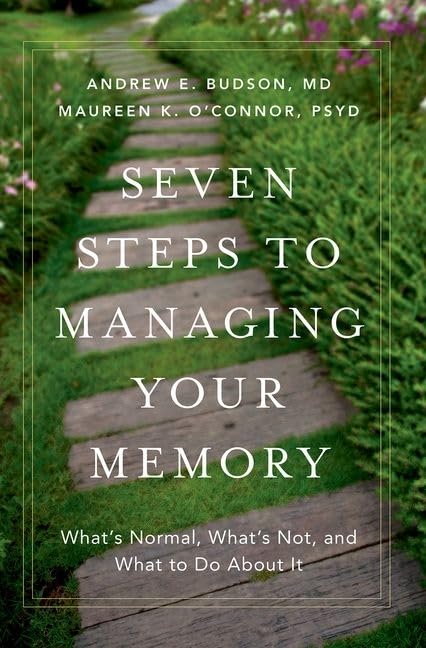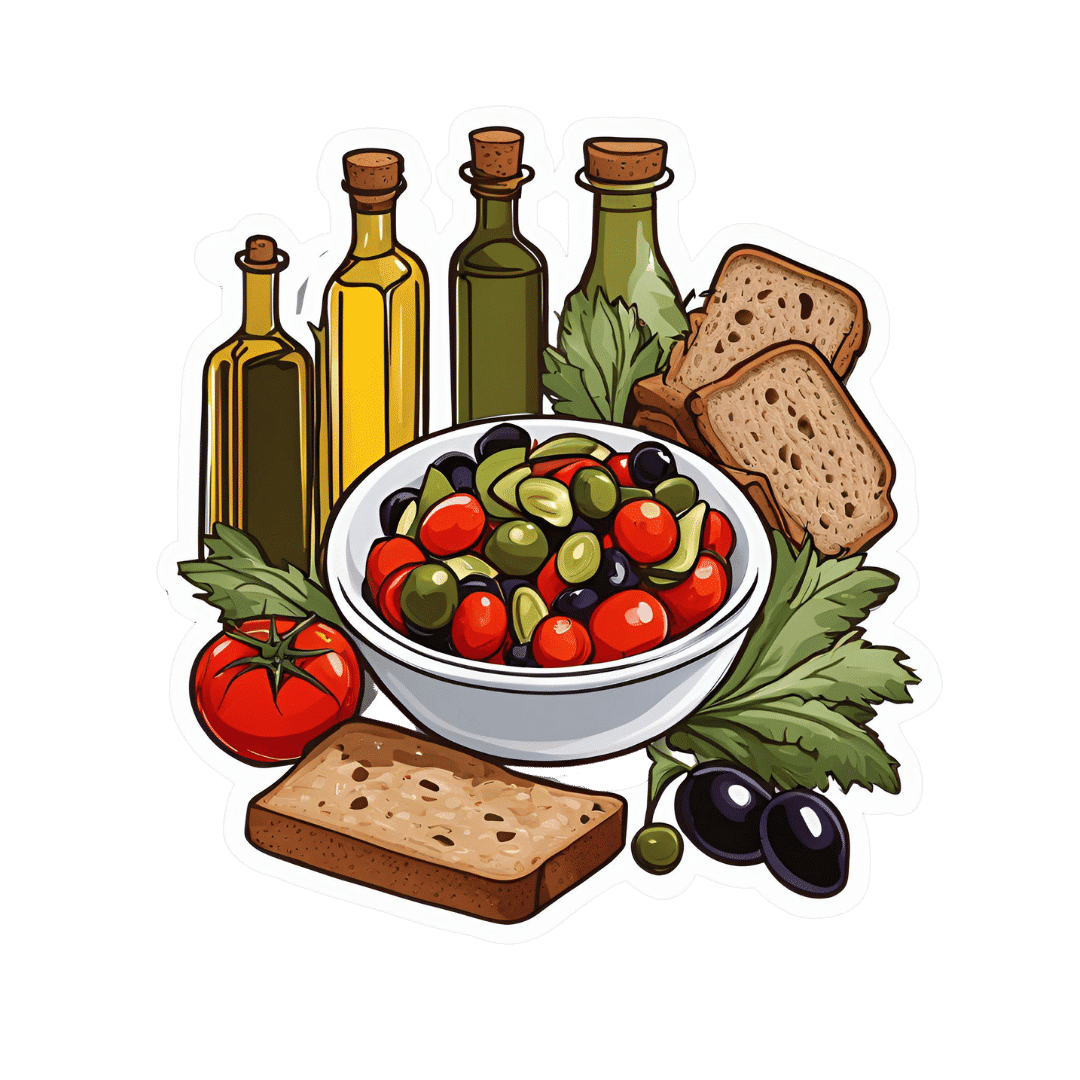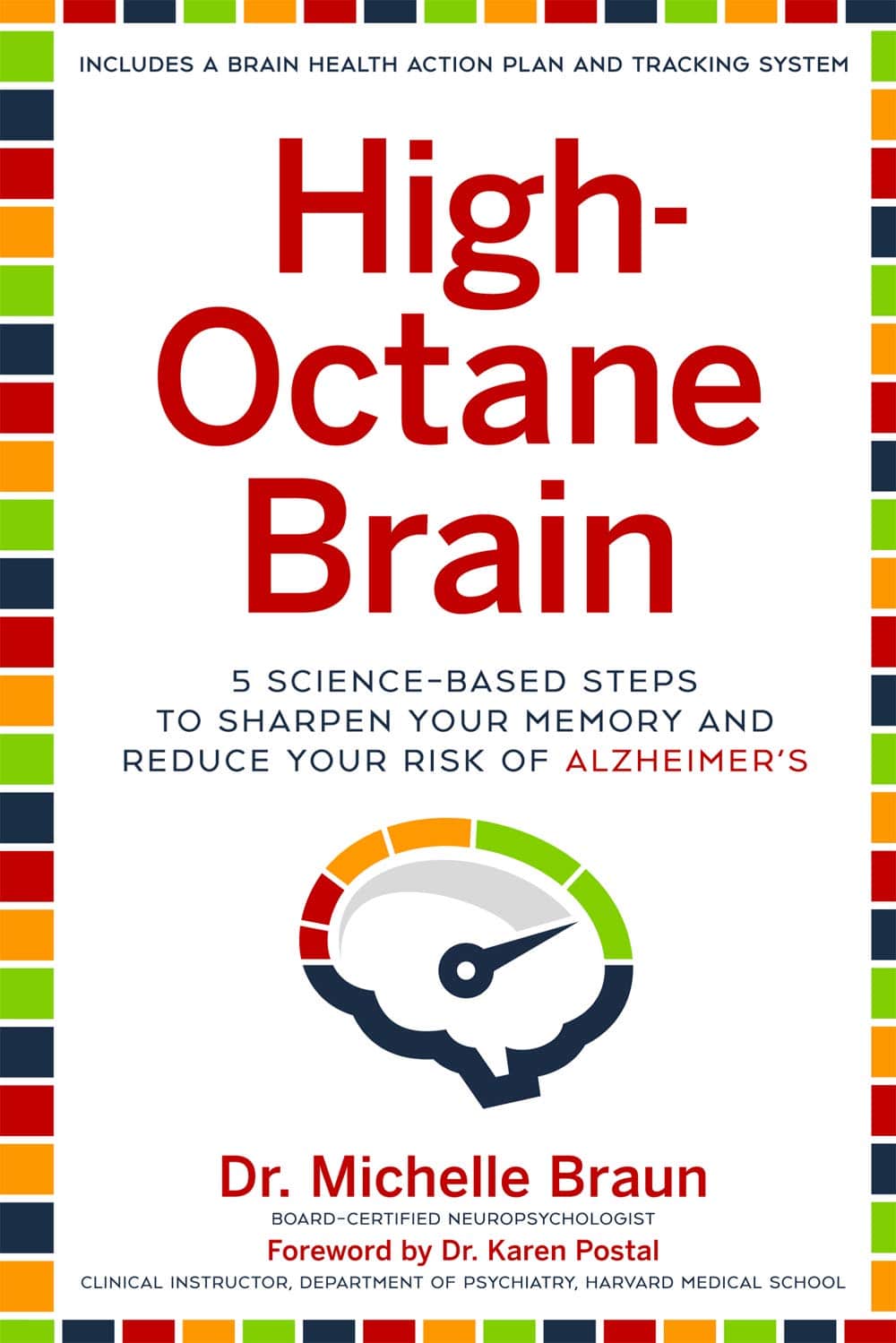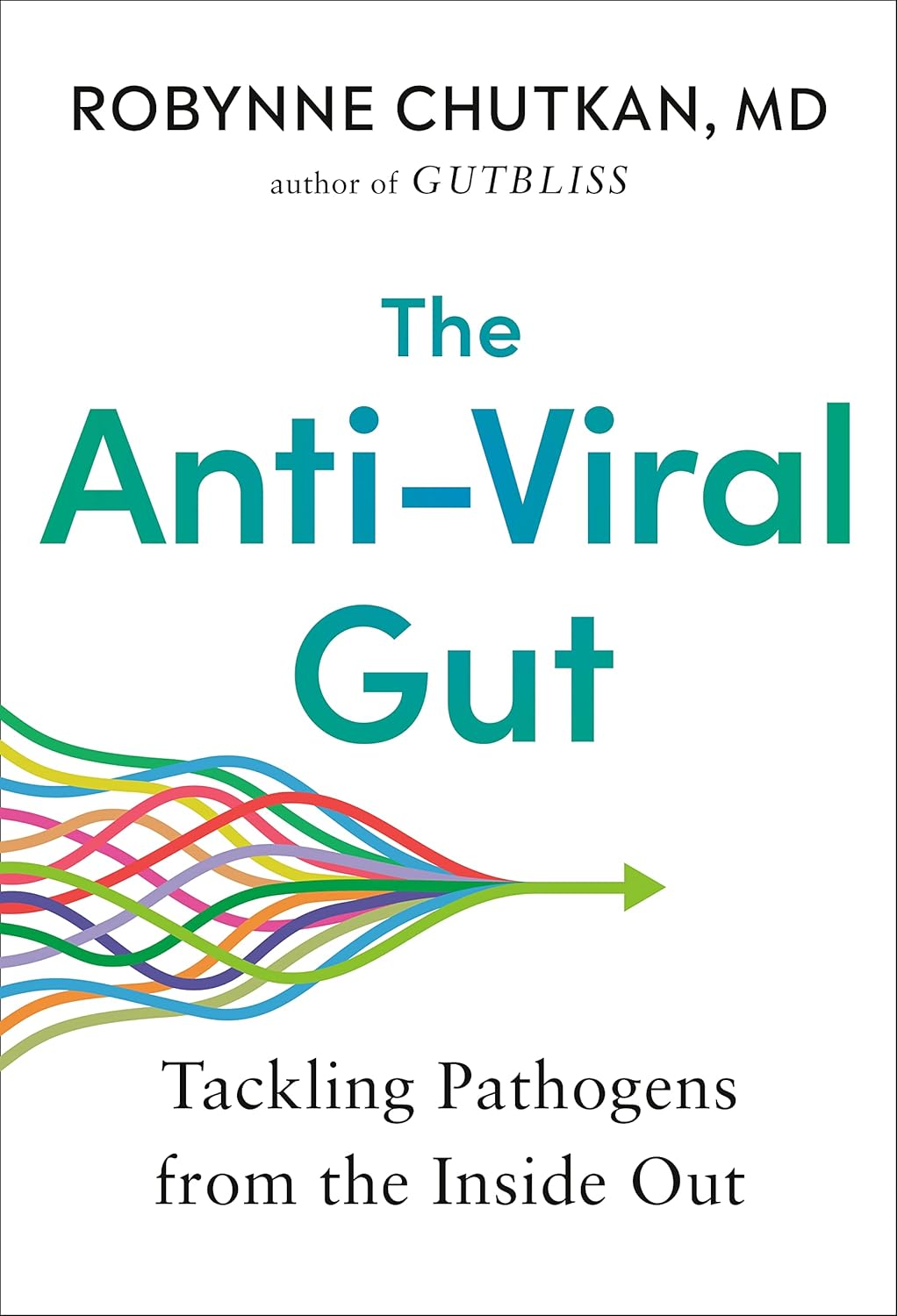
The Anti-Viral Gut – by Dr. Robynne Chutkan
10almonds is reader-supported. We may, at no cost to you, receive a portion of sales if you purchase a product through a link in this article.
Some people get a virus and feel terrible for a few days; other people get the same virus and die. Then there are some who never even get it at all despite being in close proximity with the other two. So, what’s the difference?
Dr. Robynne Chutkan outlines the case for the difference not being in the virus, but in the people. And nor is it a matter of mysterious fate, but rather, a matter of the different levels of defenses (or lack thereof) that we each have.
The key, she explains, is in our microbiome, and the specific steps to make sure that ours is optimized and ready to protect us. The book goes beyond “eat prebiotics and probiotics”, though, and goes through other modifiable factors, based on data from this pandemic and the last one a hundred years ago. We also learn about the many different kinds of bacteria that live in our various body parts (internal and external), because as it turns out, our gut microbiome (however important; hence the title) isn’t the only relevant microbiome when it comes to whether or not a given disease will take hold or be eaten alive on the way in.
The style is very polished—Dr. Chutkan is an excellent educator who makes her points clearly and comprehensibly without skimping on scientific detail.
Bottom line: if you’d like your chances of surviving any given virus season to not be left to chance, then this is a must-read book.
Click here to check out The Anti-Viral Gut, and make your body a fortress!
Don’t Forget…
Did you arrive here from our newsletter? Don’t forget to return to the email to continue learning!
Recommended
Learn to Age Gracefully
Join the 98k+ American women taking control of their health & aging with our 100% free (and fun!) daily emails:
-
Water-based Lubricant vs Silicon-based Lubricant – Which is Healthier?
10almonds is reader-supported. We may, at no cost to you, receive a portion of sales if you purchase a product through a link in this article.
Our Verdict
When comparing water-based lubricant to silicon-based lubricant, we picked the silicon-based.
Why?
First, some real talk about vaginas, because this is something not everyone knows, so let’s briefly cover this before moving onto the differences:
Yes, vaginas are self-lubricating, but a) not always and b) not always sufficiently, especially as we get older. Much like with penile hardness (or lack thereof), there’s a lot of stigma associated with vaginal dryness, and there really needn’t be, because the simple reality is that we don’t live in the fictitious world of porn, and here in the real world, anatomy and physiology can be quite arbitrary at times.
It is this writer’s firm opinion that everyone (or: everyone who is sexual, anyway) should have good quality lube at home—regardless of one’s gender, relationship status, or anything else.
Ok, with that in mind, onwards:
The water-based lube has nine ingredients: water, glycerin, cytopentasioxane, propylene glycol, xantham gum, phenoxyethanol, dimethiconol, triethanolamine, and ethylhexylglycerine.
All of these ingredients are considered body-safe in the doses present, and/but most of them will be absorbed into the skin, especially via the relatively permeable membrane that is the inside of the vagina (or anus—while the microbiome is very different, tissue-wise these are very similar).
While this is not meaningfully toxic, there’s a delicate balance going on in there, and this can upset that balance a little.
Also, because the lube is absorbed into the skin, you’ll then need more, which means either a moment’s inconvenience to add more, or else the risk of chafing, which isn’t fun.
The silicon lube has four ingredients: dimethicone, dimethiconol, cyclomethicone, and tocopheryl acetate.
Note: “tocopheryl acetate” is vitamin E
…which reminds us: just because something is hard to spell, doesn’t mean it’s necessarily bad for us.
What are the other three ingredients, though? They are all silicon compounds, all inert, and all with molecules too big to be absorbed into our skin. Basically they all slide right off, which is entirely the point of lube, after all.
It not being absorbed into our skin is good for our health; it’s also convenient as it means a tiny bit of lube goes a long way.
Any downsides to silicon-based lube?
There are two, and neither are health-related:
- It can damage silicon toys if not cleaned quickly and thoroughly, the silicon of the lube may bond with the silicon of the toy after a while.
- Because it doesn’t just disappear like water-based lube, you might want to put a towel down if you don’t want your bed to be slippy afterwards! The towel can then be put in the laundry as normal.
Want to try it out? Here it is on Amazon
Share This Post
-
Eat To Beat Hyperthyroidism!
10almonds is reader-supported. We may, at no cost to you, receive a portion of sales if you purchase a product through a link in this article.
It’s Q&A Day at 10almonds!
Have a question or a request? We love to hear from you!
In cases where we’ve already covered something, we might link to what we wrote before, but will always be happy to revisit any of our topics again in the future too—there’s always more to say!
As ever: if the question/request can be answered briefly, we’ll do it here in our Q&A Thursday edition. If not, we’ll make a main feature of it shortly afterwards!
So, no question/request too big or small
❝Would love to see more on eating vegan. I am allergic to soy in any form which seems to be in everything❞
There is a lot of it about, isn’t there? Happily, these days, a lot of meat and dairy alternatives are also made from other sources, for example pea protein is getting used a lot more nowadays in meat substitutes, and there are many kinds of alternatives to dairy (e.g. nut milks, oat milk, hemp milk, and—which is a branding nightmare but very healthy—pea milk).
You might like these previous main features of ours:
- Do We Need Animal Products To Be Healthy?
- The Whys and Hows of Cutting Down Meat Consumption
- Plant-Based Milks—What’s Best?
Also, if doing a whole foods plant-based diet, lentils (especially brown lentils) can be used as a great substitute for minced beef/lamb in recipes that call for such.
Boil the lentils (a liter of water to a cup of lentils is great; use a rice cooker if you have one!) along with the seasonings you will use (herbs appropriate to your dish, and then: black pepper is always good; you shouldn’t need to add salt; a teaspoon of low-sodium yeast extract is great though, or to really get the best nutritional benefits, nooch).
When it is done, you shouldn’t have excess water now, so just use as is, or if you want a slightly fatty kick, fry briefly in a little extra virgin olive oil, before using it however you were planning to use it.
Enjoy!
❝What foods should I eat for hyperthyroidism? My doctor tells me what foods to avoid, but not what to eat❞
Great question! We’ll have to do a main feature on hyperthyroidism one of these days, as so far we’ve only done features on hypothyroidism:
As for hyperthyroidism…
Depending on your medications, your doctor might recommend a low iodine diet. If so, then you might want to check out:
American Thyroid Association | Low Iodine Diet Plan
…for recommendations.
But in a way, that’s still a manner of “what to avoid” (iodine) and then the foods to eat to avoid that.
You may be wondering: is there any food that actively helps against hyperthyroidism, as opposed to merely does not cause problems?
And the answer is: yes!
Cruciferous vegetables (e.g. cabbage, sprouts, broccoli, cauliflower, etc) contain goitrin, which in immoderate quantities can cause problems for people with hypothyroidism because it can reduce thyroid hormone synthesis. If you have hyperthyroidism, however, this can work in your favor.
Read more: The role of micronutrients in thyroid dysfunction
The above paper focuses on children, but it was the paper we found that explains it most clearly while showing good science. However, the same holds true for adults:
Notwithstanding that the title comes from the angle of examining hypothyroidism, the mechanism of action makes clear its beneficence in the case of hyperthyroidism.
Selenium is also a great nutrient in the case of autoimmune hyperthyroidism, because it is needed to metabolize thyroid hormone (if you don’t metabolize it, it’ll just build up):
Selenium and Thyroid Disease: From Pathophysiology to Treatment
The absolute top best dietary source of selenium is Brazil nuts, to the point that people without hyperthyroidism have to take care to not eat more than a few per day (because too much selenium could then cause problems):
NIH | Selenium Fact Sheet for Health Professionals
(this contains information on the recommended amount, the upper limit amount, how much is in Brazil nuts and other foods, and what happens if you get too much or too little)
Note: after Brazil nuts (which are about 5 times more rich in selenium than the next highest source), the other “good” sources of selenium—mostly various kinds of fish—are also “good” source of iodine, so you might want to skip those.
Want more ideas?
You might like this from LivHealth:
Hyperthyroidism Diet: 9 Foods To Ease Symptoms
Enjoy!
Share This Post
-
Gut-Healthy Tacos
10almonds is reader-supported. We may, at no cost to you, receive a portion of sales if you purchase a product through a link in this article.
Full of prebiotics and probiotics, healthy fats, colorful salad boasting vitamins and minerals aplenty, and of course satisfying protein too, these tacos are also boasting generous flavors to keep you coming back for more…
You will need
- 24 sardines—canned is fine (if vegetarian/vegan, substitute tempeh and season generously; marinade if you have time)
- 12 small wholewheat tortillas
- 1 14oz/400g can black beans, drained
- 1 ripe avocado, stoned and cut into small chunks
- 1 red onion, thinly sliced
- 1 little gem lettuce, shredded
- 12 cherry tomatoes, halved
- 1 bulb garlic, crushed
- 1 lemon, sliced
- 4 tbsp plain unsweetened yogurt (your choice what kind, but something with a live culture is best)
- 3oz pickled jalapeños, roughly chopped
- 1oz cilantro (or substitute parsley if you have the cilantro-tastes-like-soap gene), finely chopped
- 1 tbsp extra virgin olive oil
- 2 tsp black pepper
- 1 tsp smoked paprika
- Juice of 1 lime
- Optional: Tabasco sauce, or similar hot sauce
Method
(we suggest you read everything at least once before doing anything)
1) Preheat your oven to a low temperature; 200℉ or just under 100℃ is fine
2) Place the lemon slices on top of the sardines on top of foil on a baking tray; you want the foil to be twice as much as you’d expect to need, because now you’re going to fold it over and make a sort of sealed envelope. You could use a dish with a lid yes, but this way is better because there’s going to be less air inside. Upturn the edges of the envelope slightly so that juices won’t run out, and make sure the foil is imperfectly sealed so a little steam can escape but not much at a time. This will ensure it doesn’t dry out, while also ensuring your house doesn’t smell of fish. Put all this into the oven on a middle shelf.
3) Mix the lime juice with the onion in a bowl, and add the avocado and tomatoes, mixing gently. Add half the cilantro, and set aside.
4) Put the black beans in a sieve and pour boiling water over them to refresh and slightly warm them. Tip them into a bowl and add the olive oil, black pepper, and paprika. Mix thoroughly with a fork, and no need to be gentle this time; in fact, deliberately break the beans a little in this case.
5) Mix the yogurt, jalapeños, garlic, and remaining cilantro in a small bowl.
6) Get the warmed sardines from the oven; discard the lemon slices.
7) Assemble! We recommend the order: tortilla, lettuce, fish (2 per taco), black bean mixture, salad mixture, garlic jalapeño yogurt mixture. You can also add a splash of the hot sauce per your preference, or if catering for more people, let people add their own.
Enjoy!
Want to learn more?
For those interested in some of the science of what we have going on today:
- We Are Such Stuff As Fish Are Made Of
- Level-Up Your Fiber Intake! (Without Difficulty Or Discomfort)
- Making Friends With Your Gut (You Can Thank Us Later)
- Our Top 5 Spices: How Much Is Enough For Benefits?
- Enjoy Pungent Polyphenols For Your Heart & Brain
Take care!
Share This Post
Related Posts
-
Seven Steps to Managing Your Memory – by Dr. Andrew Budson & Dr. Maureen O’Connor
10almonds is reader-supported. We may, at no cost to you, receive a portion of sales if you purchase a product through a link in this article.
First, what this is not: a “how to improve your memory” book of the kind marketed to students and/or people who want to do memory-themed party tricks.
What this book actually is: exactly what the title and subtitle claim it to be: seven steps to managing your memory: what’s normal, what’s not, and what to do about it.
Drs. Budson & O’Connor cover:
- which memory errors can (and usually do) happen at any age
- how memory changes with normal aging, and
- what kinds of memory problems are not normal.
One thing that sets this book aside from a lot of its genre is that it also covers which kinds of memory loss are reversible—and, where appropriate, what can be undertaken to effect such a reversal.
The authors talk about what things have (and what things haven’t!) been shown to strengthen memory and reduce cognitive decline, and in the worst case scenario, what medications can help against Alzheimer’s disease and other dementias.
The style is halfway between pop-science and a science textbook. The structure of the book, with its headings, subheadings, bullet points, summaries, etc, helps the reader to process and remember the information.
Bottom line: if you’d like to get on top of managing your memory before you forget, then this book is for you.
Don’t Forget…
Did you arrive here from our newsletter? Don’t forget to return to the email to continue learning!
Learn to Age Gracefully
Join the 98k+ American women taking control of their health & aging with our 100% free (and fun!) daily emails:
-
What Size Breakfast Is Best, By Science?
10almonds is reader-supported. We may, at no cost to you, receive a portion of sales if you purchase a product through a link in this article.
“Breakfast is the most important meal of the day”, the popular wisdom goes. But, what should it consist of, and how much should we be eating for breakfast?
It has been previously established that it is good if breakfast is the largest meal of the day:
…with meals getting progressively smaller thereafter.
Of course, very many people do the inverse: small (or skipped) breakfast, moderate lunch, larger dinner. This, however, is probably more a result of when eating fits around the modern industrialized workday (and thus gets normalized), rather than actual health considerations.
So, what’s the latest science?
A plucky band of researchers led by Dr. Karla-Alejandra Pérez-Vega investigated the importance of breakfast in the context of heart health. This research was done as part of a larger study into the effects of the Mediterranean Diet on cardiovascular health, so if anyone wants a quick recap before we carry on, then:
The Mediterranean Diet: What Is It Good For? ← the answer, by the way, is “pretty much everything”
…and there are also different versions that each use the Mediterranean Diet as the core, while focussing extra on a different area of health, including one to make it extra heart-healthy:
Four Ways To Upgrade The Mediterranean ← most anti-inflammatory / gut-healthiest / heart-healthiest / brain-healthiest
What they found
In their sample population (n=383) of Spanish adults aged 55–75 with pre-diagnosed metabolic syndrome who, as part of the intervention of this 36-month interventional study, had now for the past 36 months been on a Mediterranean diet but without specific guidance on portion sizes:
- Participants with insufficient breakfast energy intake had the highest adiposity (which is a measure of body fat expressed as a percentage of total mass)
- Participants with low or high (but not moderate) breakfast energy intake had the larger BMI and waist circumference over time
- Participants with low or high (but not moderate) breakfast energy intake had higher triglyceride and lower HDL (good) cholesterol levels
- Participants who consumed 20–30% of their daily calories at breakfast enjoyed the greatest improvements in lipid profiles, with lower triglycerides and higher HDL (good) cholesterol levels
- Participants with lower breakfast quality (lower adherence to Mediterranean Diet) had higher blood pressure levels
- Participants with lower breakfast quality (lower adherence to Mediterranean Diet) had higher blood sugar levels
- Participants with lower breakfast quality (lower adherence to Mediterranean Diet) had lower estimated glomerular filtration rate (which is an indicator of kidney function)
- Participants with higher breakfast quality (higher adherence to Mediterranean Diet) had lower waist circumference, higher HDL cholesterol, and better kidney function
You can see the paper itself here in the Journal of Nutrition, Health, and Aging:
What this means
According to this research, the heart-healthiest breakfast is:
- not skipped
- Mediterranean Diet adherent
- within the range of of 20–30% of the total calories for the day
Want to make it even better?
Consider:
Before You Eat Breakfast: 3 Surprising Facts About Intermittent Fasting
Enjoy!
Don’t Forget…
Did you arrive here from our newsletter? Don’t forget to return to the email to continue learning!
Learn to Age Gracefully
Join the 98k+ American women taking control of their health & aging with our 100% free (and fun!) daily emails:
-
High-Octane Brain – by Dr. Michelle Braun
10almonds is reader-supported. We may, at no cost to you, receive a portion of sales if you purchase a product through a link in this article.
True to the title, Dr. Braun jumps straight into action here, making everything as practical as possible as quickly as possible and giving the most attention to the science-based steps to take. Thereafter, and almost as an addendum, she gives examples of “brain role models” from various age groups, to show how these things can be implemented and benefitted-from in the real world.
The greatest strength of this book is that it is the product of a lot of hard science made easy; this book has hundreds of scientific references (of which, many RCTs etc), and many contributions from other professionals in her field, to make one of the most evidence-based guidebooks around, and all presented in one place and in a manner that is perfectly readable to the layperson.
The style, thus, is easy-reading, with references for those who want to jump into further reading but without that being required for applying the advice within.
Bottom line: if you’d like to improve your brain with an evidence-based health regiment and minimal fluff, this is the book for you.
Click here to check out High-Octane Brain, and level-up yours!
Don’t Forget…
Did you arrive here from our newsletter? Don’t forget to return to the email to continue learning!
Learn to Age Gracefully
Join the 98k+ American women taking control of their health & aging with our 100% free (and fun!) daily emails:

